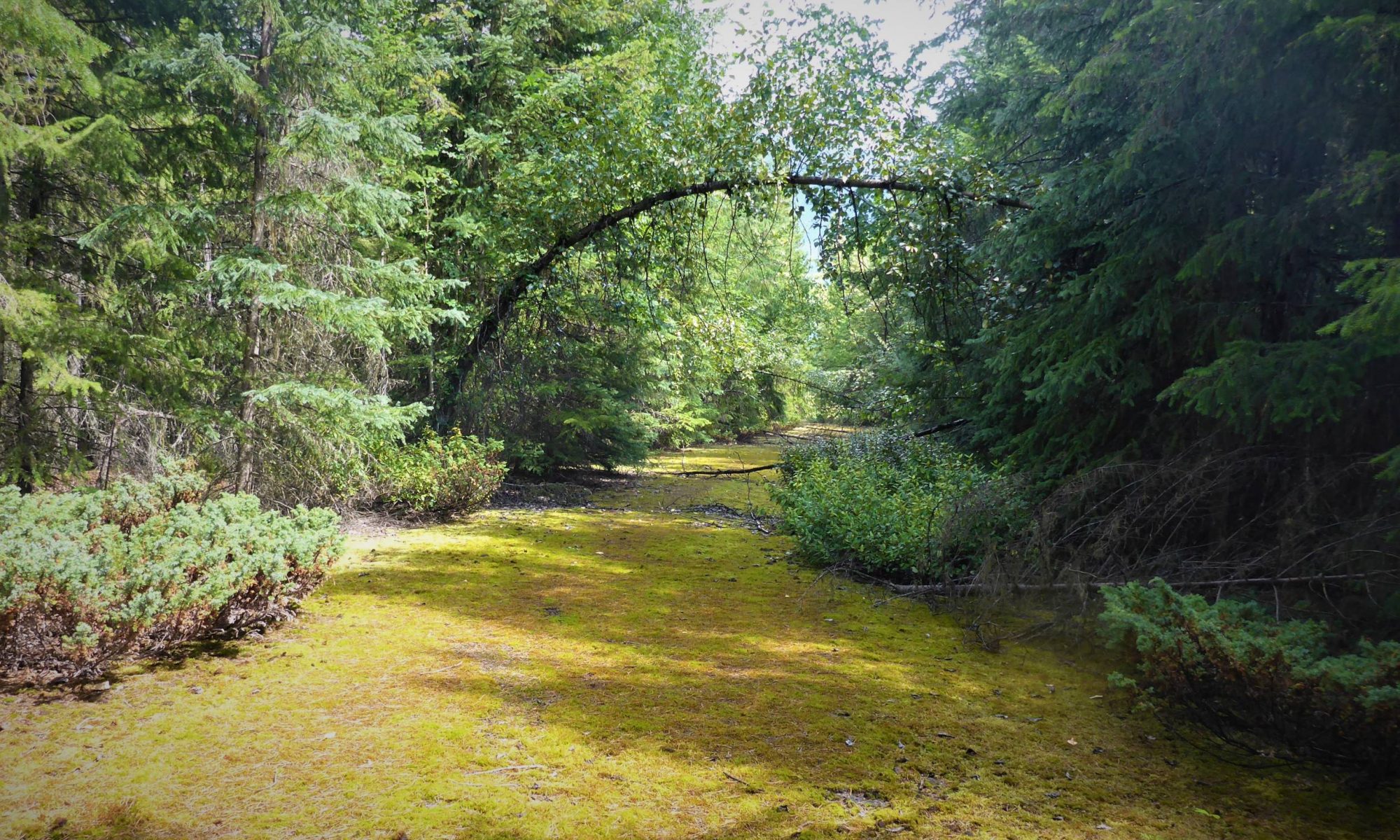The weather was not bad in early January, 2013. Art and I decided to drive the route between Jasper and Blue River, making rough guesses about where the camps should be. We took two days. Normally this drive takes about two and a half hours in normal winter driving conditions. However we stopped in several locations, to determine how fast we could actually do a field survey of all nineteen labour camps—if indeed that was how many there were.

The temperature and snow depth was similar to what the Japanese labourers would have experienced. 2013 was described as an “in between” climate year—not overly harsh or mild. According to climate records, 1942 was also a mild winter with light snow cover. In other words, the Japanese labourers were lucky. If the weather had been normal, their working conditions would have resembled those of men working on the Alaska Highway to the north. Even so, winters in north-eastern British Columbia are always harsher than those in coastal parts of B.C. The winter of 1942 was no exception to that general rule.

The winter light at this latitude is amazing—crystal clear, slanting, and brief. At this time of year, there is only seven and a half hours of sunlight. With daylight savings time in effect, the sun sets at about 3:45 in the afternoon in early January. In narrow valleys such as the North Thompson valley, the day is even shorter due to mountain shadows. The effect is like being in the shade for most of the day, with bright light above. The first few Japanese labourers had a bit more light, because they arrived in late February. They had about ten and a half hours. Yes, the days lengthen quickly! Those workers sent into the North Thompson still experienced shadowed daylight.
Featured image: TransCanada Highway (Highway 16), between Jasper, Alberta and Tete Jaune Cache, B.C.


